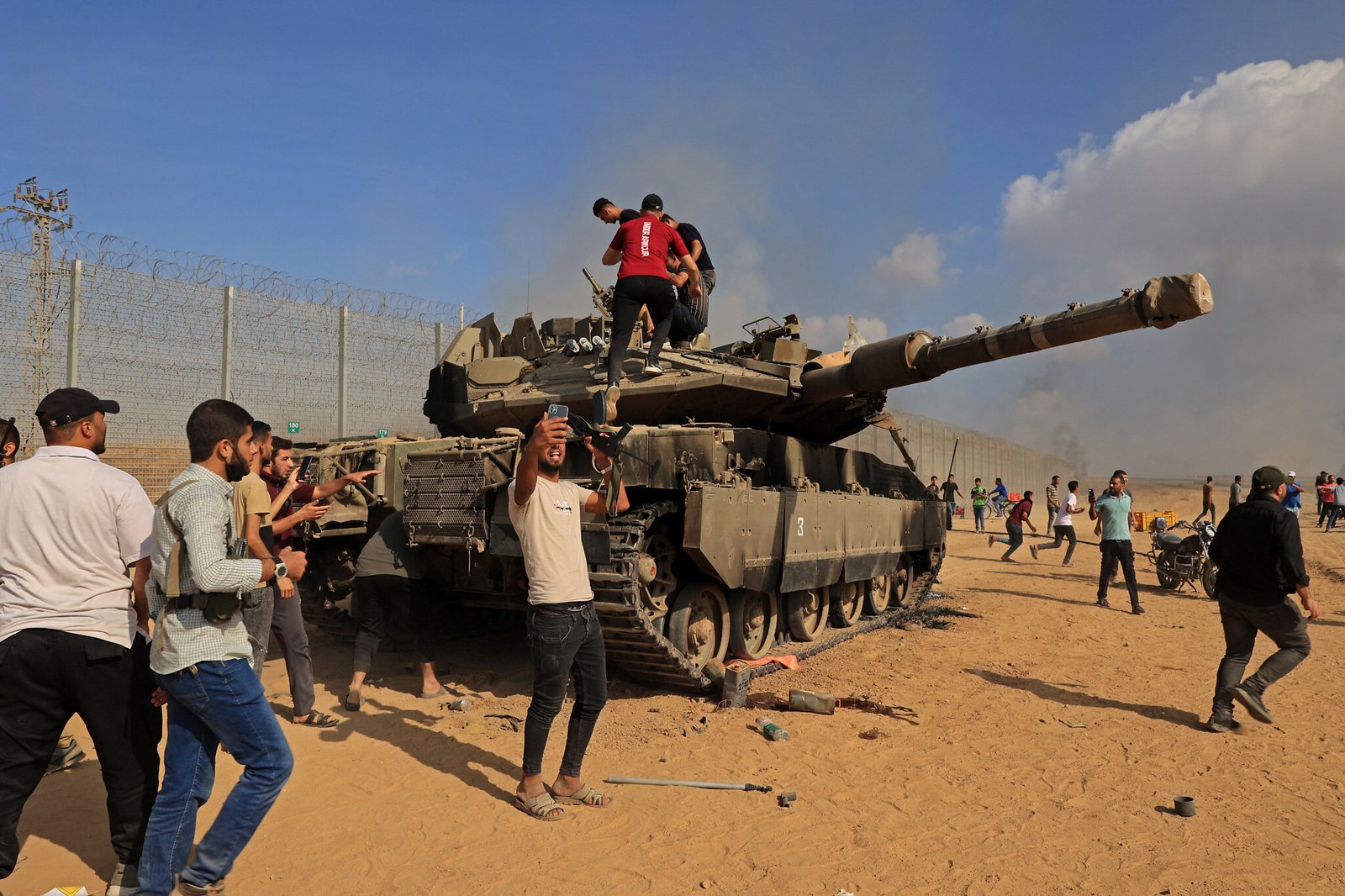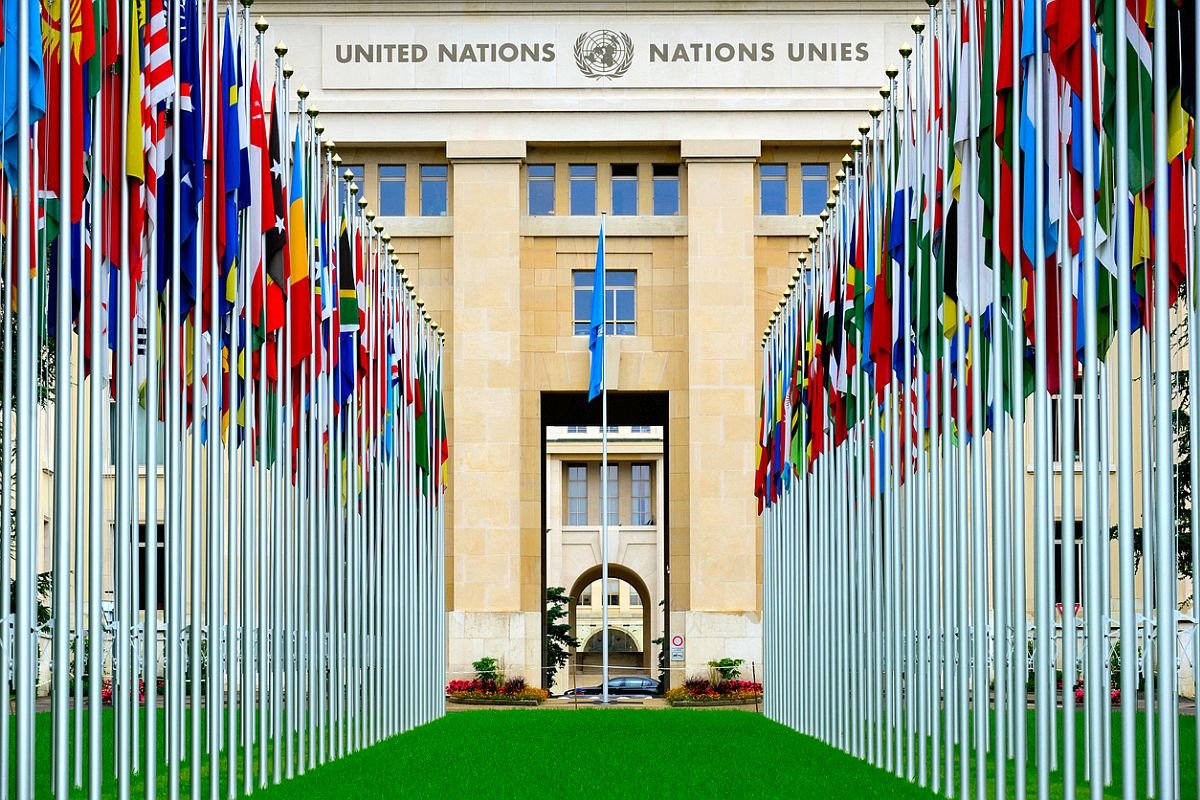Key Updates on the Israel-Hamas Conflict:
- Hundreds Killed in Recent Israeli Strikes
- Raising Concerns over Civilian Safety Measures
- Israeli Forces Engage in Intense Battle at the Heart of Khan Younis
- U.S. Urges Israel to Enhance Civilian Protection Efforts
- Experts Skeptical of Progress Khan Younis: A Crowded City of Refuge Under the Spotlight of the Conflict
- Hamas Accused of Breaking Deal to Release Women Hostages, U.S. Expresses Disappointment

Israel-Hamas Conflict: Civilians in Khan Younis Forced to Evacuate as Fighting Intensifies Independent verification of Israel’s account of the fighting remains challenging. However, the United Nations’ humanitarian office reported that Sunday to Monday witnessed some of the most intense shelling in Gaza thus far. Following the initial evacuation orders for northern Gaza, Israeli forces have now issued new evacuation orders for large parts of southern Gaza, including areas of Khan Younis.
Human rights groups and aid agencies express concern that civilians are being pushed into smaller and smaller areas, with no guarantee of safety from airstrikes. According to Thomas White, the Gaza director of the United Nations agency for Palestinian refugees, neighborhoods housing approximately 600,000 people have been ordered to be emptied. This evacuation could result in an additional half million people seeking shelter in Rafah, along the southern border with Egypt, further exacerbating the already overflowing city. The situation remains critical as the Israel-Hamas conflict escalates, impacting the lives of countless civilians caught in the crossfire.
After Israeli forces initially ordered civilians to evacuate northern Gaza during the early stages of the war, prior to their ground invasion, the military has now issued new evacuation orders for significant portions of southern Gaza, including areas within Khan Younis. These warnings have raised concerns among human rights groups and aid agencies, who warn that vulnerable civilians are being forced into increasingly smaller areas, with no guarantee of protection from airstrikes. On October 13th, the latest evacuation order was issued, adding to the previous orders that were already in place. The map shows the areas under evacuation and the boundaries of the evacuation zone, extending from the Mediterranean Sea to Deir al-Balah in Gaza, and from Israel’s Al Qarara to Rafah near the Egyptian border. The ongoing evacuation efforts have resulted in neighborhoods housing approximately 600,000 people being ordered to be emptied. This mass evacuation is expected to drive an additional half million people towards Rafah, along the southern border with Egypt, effectively doubling the number of displaced individuals seeking shelter in an already overcrowded city. Thomas White, the Gaza director of the United Nations agency for Palestinian refugees, expressed this concern on social media, highlighting the urgent need for support and assistance in this dire situation.
The United States Urges Israel to Enhance Civilian Protection Efforts as Experts Observe Limited Progress.
The United Nations’ humanitarian office reported on Monday that the shelters Israel had instructed people to evacuate to were already overcrowded. With the existing shelters in Rafah exceeding their capacity, the newly arrived individuals were forced to set up tents and makeshift shelters in the streets or any available empty spaces throughout the city.

Copyright: luxiangjian4711
This information was shared in the daily report from the United Nations’ office for humanitarian affairs. International aid groups expressed growing concern about the dire situation faced by Gaza’s civilians and the immense challenges in providing them with much-needed relief.
https://www.nytimes.com/live/2023/12/05/world/israel-hamas-war-gaza-news
Lynn Hastings, the U.N. aid coordinator for the Palestinian territories, issued a statement stating that an even more distressing scenario is unfolding, where humanitarian operations may struggle to respond effectively. The World Health Organization also highlighted the mounting pressure on the few hospitals that are still operational, as an influx of sick and wounded individuals seek medical assistance. These facilities are at risk of being disrupted by the escalating hostilities.
“We have witnessed the devastating consequences in northern Gaza, and we cannot allow the same to happen in the south,” stated the agency. – Victoria Kim and Shashank Bengali
US Warship Attacked in Red Sea, Gaza Bombardment Intensifies



3 thoughts on “Israel-Hamas Conflict: Israeli Forces Enter Southern Gaza’s Largest City Amid Growing Concerns for Civilian Safety”